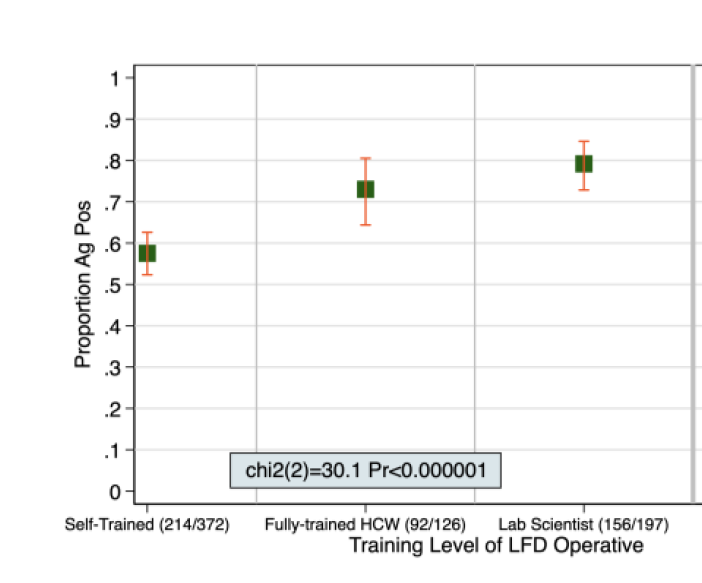
The John #MaddoxPrize 2020 – Standing Up For Science
During the Pandemic many scientists (including me) who were living quiet lives have found ourselves thrown into the public arena, as we know we have important and useful skills and things to say which we hope will help.
During the Pandemic many scientists (including me) who were living quiet lives have found ourselves thrown into the public arena, as we know we have important and useful skills and things to say which we hope will help.
Some of this is great (such as the pride your isolated elderly Dad has starting his day by hearing you on the radio), but standing up for science generates some vitriolic nasty responses when people don’t want to hear the results.
Tomorrow @senseaboutsci @nature announce the #MaddoxPrize 2020 prize for the individual who has gone the greatest distance in Standing Up for Science in the past year – I am looking forwarding to reinvigorating my motivation from their story.
You can find out more here tomorrow senseaboutscience.org/Maddox.
@threadreaderapp unroll
• • •
Missing some Tweet in this thread? You can try to
force a refresh







